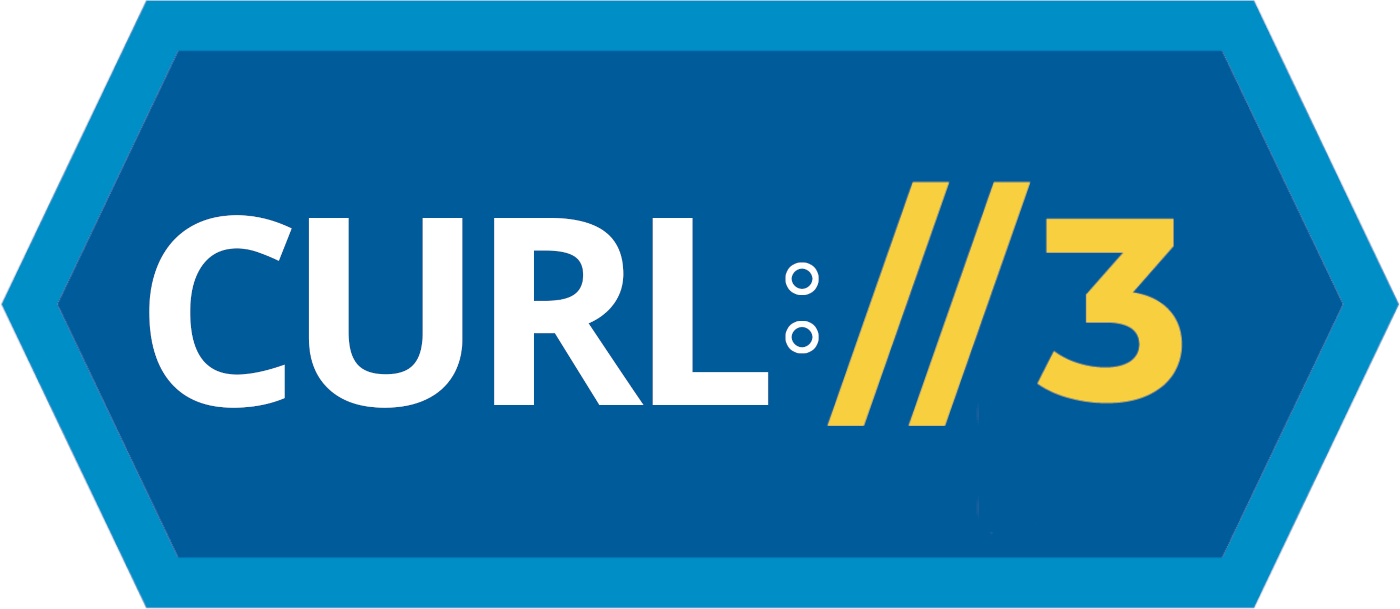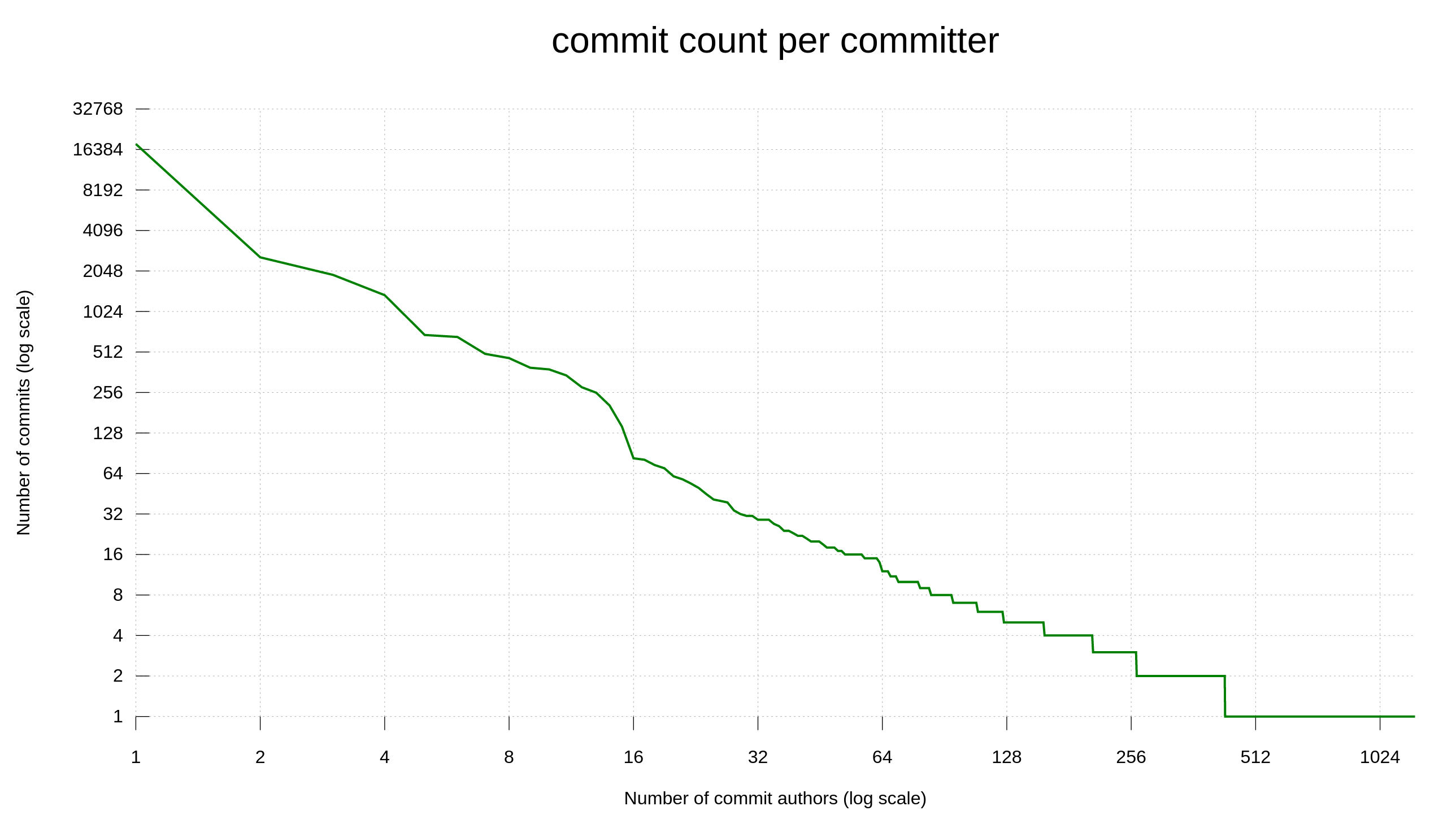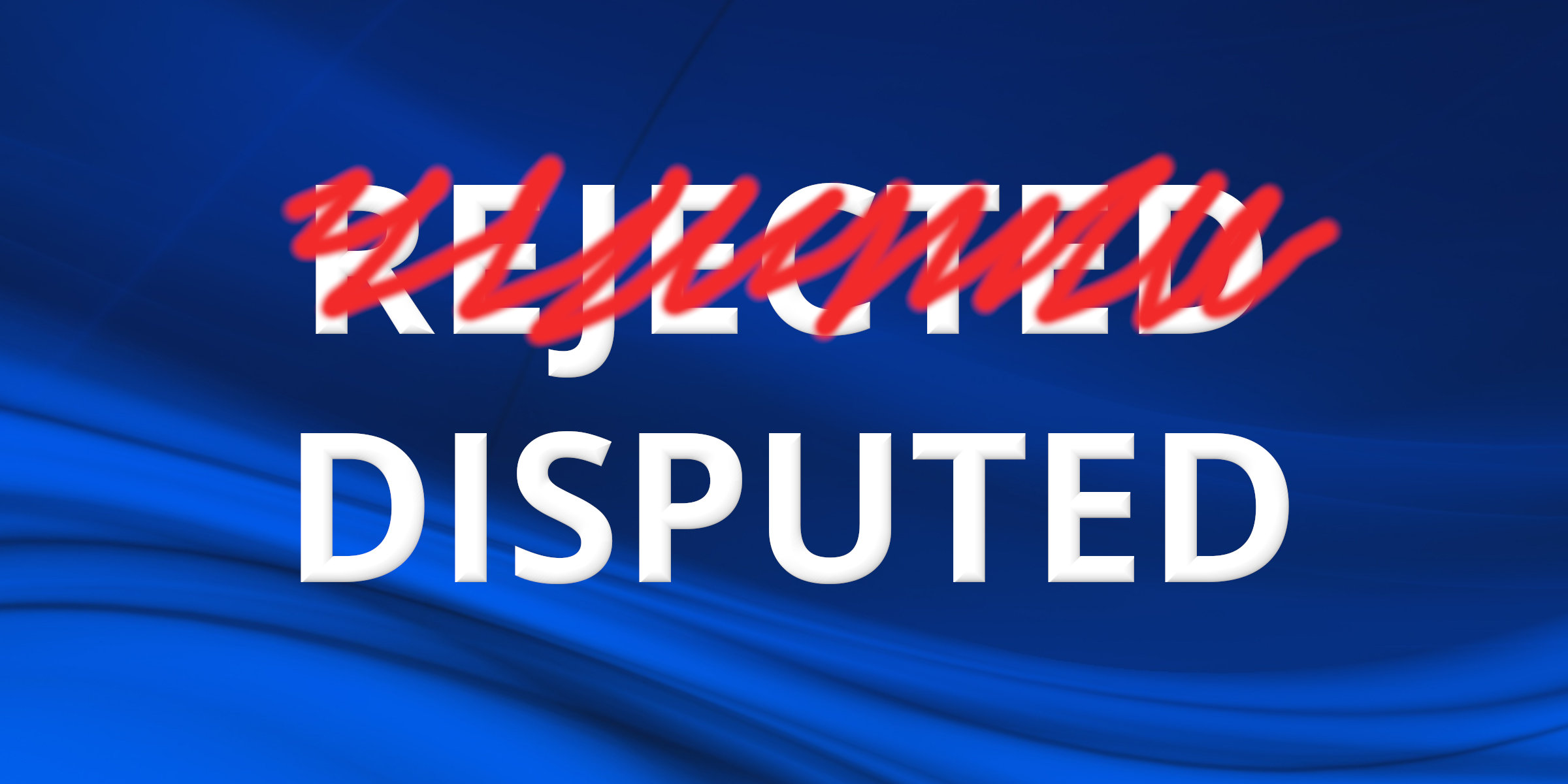I keep insisting that the CVE system is broken and that the database of existing CVEs hosted by MITRE (and imported into lots of other databases) is full of questionable content and plenty of downright lies. A primary explanation for us being in this ugly situation is that it is simply next to impossible to get rid of invalid CVEs.
First this
I already wrote about the bogus curl CVE-2020-1909 last year and how it was denied being rejected because someone without a name at MITRE obviously knows the situation much better than any curl developer. This situation then forces us, the curl project, to provide documentation to explain how this is a documented CVE but it is not a vulnerability. Completely contrary to the very idea of CVEs.
A sane system would have a concept where rubbish is scrubbed off.
Now this
The curl project registered for and became a CNA in mid January 2024 to ideally help us filter out bad CVE input better. The future will tell if this effort works or not. (It was also recently highlighted that the Linux kernel is now also a CNA for similar reasons and I expect to see many more Open Source projects go the same route.)
However, in late December 2023, just weeks before we became CNA, someone (anonymous again) requested a CVE Id from MITRE for a curl issue. Sure enough they were immediately given CVE-2023-52071, according to how the system works.
This CVE was made public on January 30 2024, and the curl project was of course immediately made aware of it. A quick glance on the specifics was all we needed: this is another bogus claim. This is not a security problem and again this is a fact that does not require an experienced curl developer to analyze, it is quite easily discoverable.
Given the history of previous bogus CVEs, I was soon emailed by CVE db companies asking me for confirmations about this CVE and I was of course honest and told them that no, this is not a security problem. Do not warn your users about this.
We are a CNA now, meaning that we should be able to control curl issues better, even if this CVE was requested before we were officially given the keys to the kingdom. We immediately requested this CVE to be rejected. On the grounds that it was wrongly assigned in the first place.
“Will provide some confusion”
In the first response from MITRE to our rejection request, they insisted that:
We discussed this internally and believe it does deserve a CVE ID. If we transfer, and Curl REJECTS, then the reporter will likely come back to us and dispute which will provide some confusion for the public.
They actually think putting DISPUTED on the issue is less confusing to the public than rejecting it, because rejecting risks an appeal from the original reporter?
They say in this response that they think it actually deserves a CVE Id. If there was any way to have a conversation with these guys I would like to ask them on what grounds they base this on. Then lecture them on how the world works.
This communication has only been done indirectly with MITRE via our root CNA (Red Hat).
DISPUTED vs REJECTED
So it did not fly.
According to the MITRE guidelines: When one party disagrees with another party’s assertion that a particular issue is a vulnerability, a CVE Record assigned to that issue may be designated with a “DISPUTED” tag.
If someone says the earth is flat, we need to say that fact is disputed? No it is not. It is plain wrong. Incorrect. Bad. Stupid. Silly. Remove-the-statement worthy.
This meant I needed to take the fight to the next level. This policy is not good enough and it needs to be adjusted. This is not a disagreement on the facts. I insist that this is not a vulnerability to begin with. It was wrongly assigned a CVE in the first place. It feels ridiculous that the burden of proof falls on me to prove how this is not a security problem instead of the other way around: if someone would just have had the spine to ask the original submitter to explain, prove, hint or suggest how this is a vulnerability then it would never have been a CVE created for this in the first place. Because that person could not have done that.
The plain truth is that there is no system for doing this. There is no requirement on the individual to actually back up or explain what they claim. The system is designed for good-faith reporters against bad-faith product organizations. So that bad companies cannot shut down whistleblowers basically. Instead it allows irresponsible or bad-faith reporters populate the CVE database with rubbish.
Once the CVE is in, the product organization, like curl here, is not allowed to REJECT it. We have to go the lame route and say that the facts in the CVE are DISPUTED. We are apparently in disagreement whether the totally incorrect claim is totally incorrect or not. Bizarre.
Did I mention this is a broken system?
Elevated
Being a CNA at least means we have a foot in the door. An issue has been filed against the policy and guidelines and it has been elevated at MITRE via our root CNA (Red Hat). I cannot say if this eventually will make a difference or not, but I have decided to “take one for the team” and spend this time and effort on this case in the belief that if we manage to nudge the process ever so slightly in the right direction, it could be worth it.
For the sake of everyone. For the sake of my sanity.
Documented
In the curl documentation for CVE-2023-52071, which we unwittingly have to provide even though the issue is bogus, I have included this whole story including quoting the motivations from my email to MITRE as to why this CVE should be rejected in spite of the current procedure not allowing us to.
Future
Hopefully, supposedly, ideally, crossing my fingers, future CVEs against curl or libcurl will immediately be passed via us since we are now a CNA. This is how it is supposed to work. We will of course immediately and with no mercy reject and refuse all attempts in filing silly CVEs for issues that aren’t vulnerabilities.
The “elevated issue” above might (hopefully) lead to non-CNA organizations getting an increased ability to filter off junk from the system – and then perhaps lessen the need for the entire world to become CNAs. I am not overly optimistic that we will reach that position anytime soon, as clearly the system has worked like this for a long time and I expect resistance to change.
I can almost guarantee that I will write more blog posts about CVEs in the future. Hopefully when I have great news about updated CVE rejection policies.
Update
(Feb 23, 21:33 UTC) The CVE records have now been updated by MITRE and according to NVD for example, this CVE is now REJECTED. Wow.
I was not told about this, someone in a discussion thread mentioned it.














